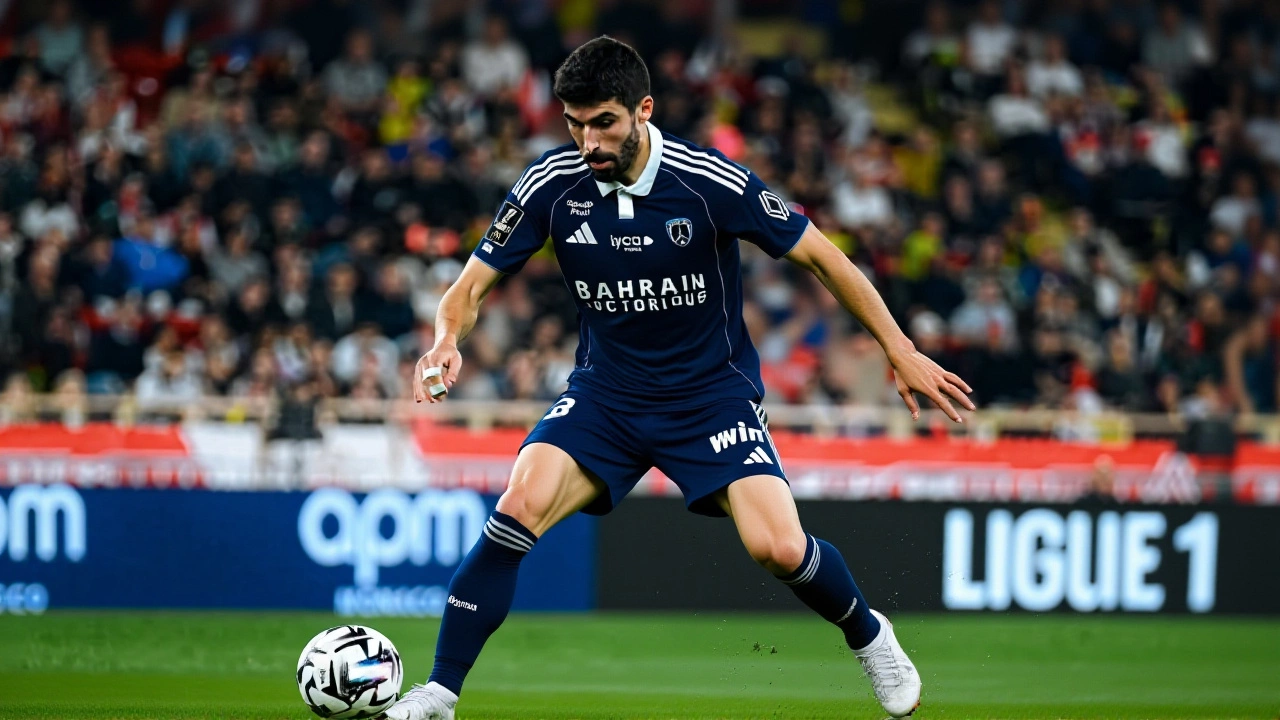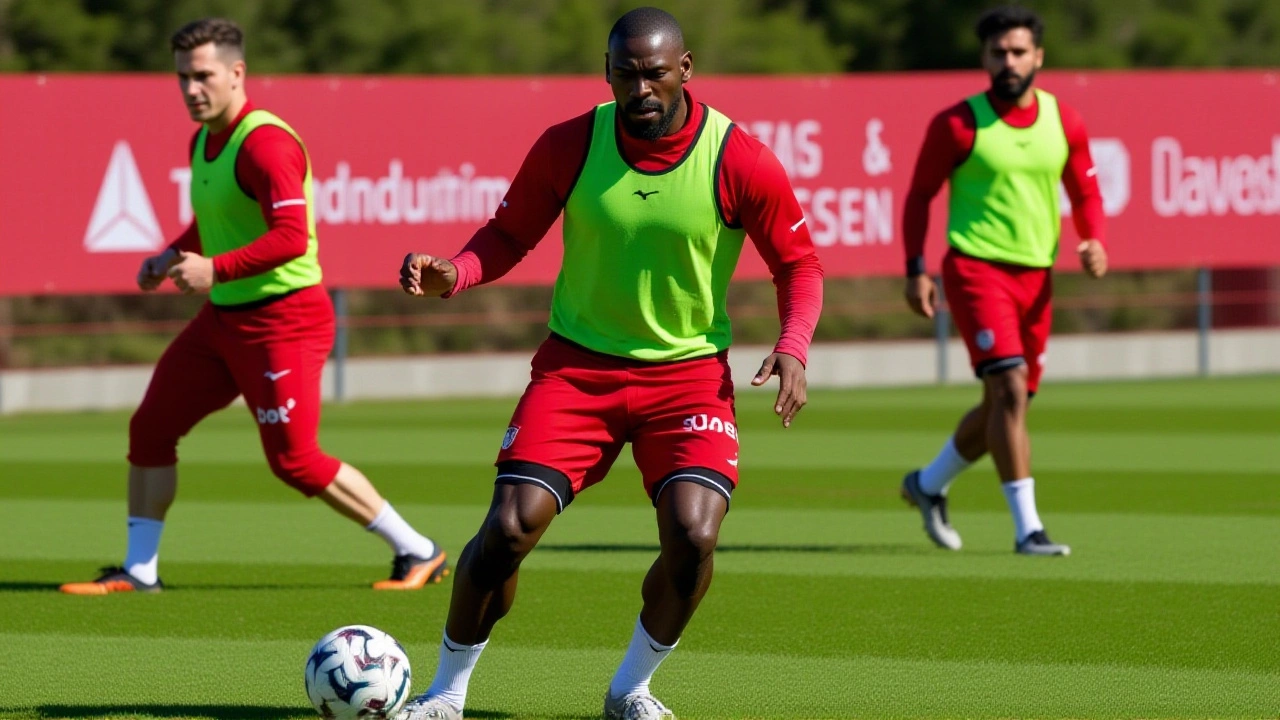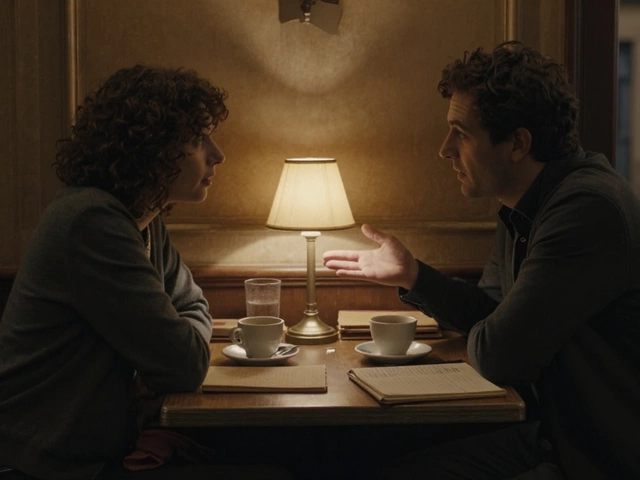The Democratic Republic of Congo is betting its global image on football — and it’s paying AS Monaco nearly €5 million to prove it. On June 25, 2025, the DRC’s Ministry of Sports and Leisure, led by Minister Didier Budimbu, announced a three-season partnership with the French club that will plaster the slogan "R.D. Congo, Coeur de l'Afrique" across their jerseys, training kits, and digital platforms. The deal, worth €1.6 million per year until 2028, isn’t just about branding. It’s a high-stakes bid to rebrand a nation often defined by conflict into the "Heart of Africa" — a land of culture, wildlife, and untapped potential.
Why AS Monaco? It’s Not Just About the Money
The choice of AS Monaco isn’t random. The club has deep ties to Congolese talent. Shabani Nonda, the DRC’s legendary striker, lit up Ligue 1 in the early 2000s with 67 goals for Monaco. Cédric Mongongu, another Congolese international, was developed in their famed academy. This isn’t a cold corporate transaction — it’s a homecoming with a marketing twist. AS Monaco, under Thiago Scuro, sees this as a chance to expand its global footprint while doing something meaningful. "We are honored by the trust placed in us," Scuro said in the official announcement. "This isn’t just a sponsorship. It’s a collaboration to build something lasting." But the DRC isn’t just paying for visibility — it’s paying for expertise. The agreement includes structured coaching programs, youth academy support, and technical assistance to overhaul the country’s fractured football infrastructure. The goal? To turn Kinshasa’s street pitches into pipelines for professional talent — and to create jobs in the process.The Bigger Picture: A Triad of European Partnerships
This isn’t an isolated move. The DRC government has gone all-in on football diplomacy. Since October 2024, it has signed three major deals:- €42 million over three years with AC Milan (announced October 25, 2024)
- Up to €43 million over four seasons with FC Barcelona (announced July 30, 2025)
- €4.8 million over three years with AS Monaco (announced June 25, 2025)
Tourism and Investment: The Real Goal
Behind the jerseys and training camps lies a hard economic target: raise tourism’s contribution to GDP from 5% to 10% — matching Tanzania’s growth trajectory. The DRC has everything: Virunga National Park’s gorillas, the Congo River’s majesty, the music of Lingala echoing through Kinshasa’s nightclubs. But decades of instability have scared off tourists. The government hopes that by associating with elite European clubs, it can change that narrative. "We are not just selling a country," Minister Budimbu told reporters on June 25. "We are selling possibility. When a child in Marseille sees our flag on a Monaco jersey, they don’t see chaos. They see culture. They see potential. And that changes everything." The Ministry of Culture and Tourism is working hand-in-hand with Sports, launching campaigns that tie football stars to cultural festivals, eco-tourism packages, and heritage trails. It’s a coordinated national strategy — and it’s unprecedented in African diplomacy.
Criticism and the Human Rights Shadow
Not everyone is cheering. Fan groups in Monaco, Milan, and Barcelona have voiced discomfort. Semafor reported that some supporters see these deals as clubs "desperate for cash" in an era where shirt sponsorships now cost hundreds of millions. Others point to the DRC’s ongoing conflict in the east, where over 6 million people are displaced and human rights abuses are documented by the UN. "You can’t outsource your reputation with a jersey," one fan wrote on AS Monaco’s subreddit. "This feels like laundering a tarnished image with football glitter." The DRC government acknowledges the criticism but argues it’s using visibility as a tool for change. "If we don’t show the world who we are, who will?" asked a senior official in Kinshasa, speaking off-record. "We’re not asking for forgiveness. We’re asking for attention — and then, we’ll earn trust." Rwanda, once similarly isolated, paved the way with deals involving Arsenal, Bayern Munich, and PSG. The DRC is following that playbook — but on a larger scale.What’s Next? Training, Tourism, and the 2028 Legacy
Implementation begins in July 2025, just before the new season kicks off. AS Monaco’s youth academy will send technical staff to Kinshasa and Lubumbashi to train coaches. A new national youth tournament will be launched under the "Heart of Africa" banner. The DRC’s national team, the Leopards, will wear special kits during World Cup qualifiers featuring the slogan. By 2028, the government expects to have trained at least 200 local coaches, opened five regional academies, and increased tourism arrivals by 35%. If successful, this could become a model for other African nations — turning football from a pastime into a national development engine.
Historical Roots, Modern Ambitions
This partnership doesn’t come out of nowhere. The DRC has produced world-class players for decades — from the legendary Mwepu Ilunga to today’s rising stars like Jordan Lukaku. But without structure, talent fades. Now, with AS Monaco’s backing, there’s a real chance to change that. The club’s reputation for developing young players — like Kylian Mbappé before he left — gives the DRC credibility. And yet, the biggest question remains: Will the world believe the story they’re selling?Frequently Asked Questions
How is this deal different from typical football sponsorships?
Unlike typical sponsorships where brands pay for logo placement, this deal ties financial support to measurable development goals — coaching training, youth academies, and national team upgrades. The €4.8 million isn’t just for advertising; it’s an investment in infrastructure, with AS Monaco providing technical expertise in return for global exposure. It’s a hybrid of sports diplomacy and development aid.
Why is the DRC spending so much on football instead of healthcare or education?
The government argues football is a gateway. With over 70% of the population under 25, sport is the most effective tool for national unity and international visibility. The DRC’s tourism sector, which could generate $2.3 billion annually if expanded, has been crippled by perception. Football partnerships are seen as a cost-effective way to change global narratives — and attract investors who might then fund schools and clinics.
What’s the role of AS Monaco’s social media in this deal?
AS Monaco has 26 million followers across platforms. Every time they post a matchday photo with the "Heart of Africa" slogan on their shirts, it’s an ad seen by millions. The DRC’s tourism board has already requested access to Monaco’s content calendar to repurpose footage of Congolese youth training with the club. This organic exposure is worth an estimated €12 million in equivalent advertising value over three years.
Are there any risks for AS Monaco in this partnership?
Yes. Fan backlash, ethical scrutiny, and reputational damage are real risks. Some supporters may boycott matches or cancel merchandise orders. If human rights conditions in the DRC worsen, the club could face international criticism. However, AS Monaco’s leadership believes the long-term brand value — positioning itself as a global force for development — outweighs short-term controversy.
How does this compare to Rwanda’s football deals?
Rwanda’s deals with Arsenal, Bayern Munich, and PSG were smaller, averaging €1.5–2 million per year, and focused on branding without technical support. The DRC’s approach is more ambitious — combining funding, training, and long-term institutional development. It’s not just about visibility; it’s about building capacity. The DRC is trying to turn football into a national industry, not just a billboard.
Will this actually help Congolese players get signed by European clubs?
Possibly. AS Monaco has a history of scouting and developing African talent — and now, they’ll have a formal pipeline into the DRC. The partnership includes scouting missions and joint trials. If even five Congolese players are signed by European clubs by 2028, it will validate the model. For a country that produces elite talent but lacks exposure, that’s a game-changer.




